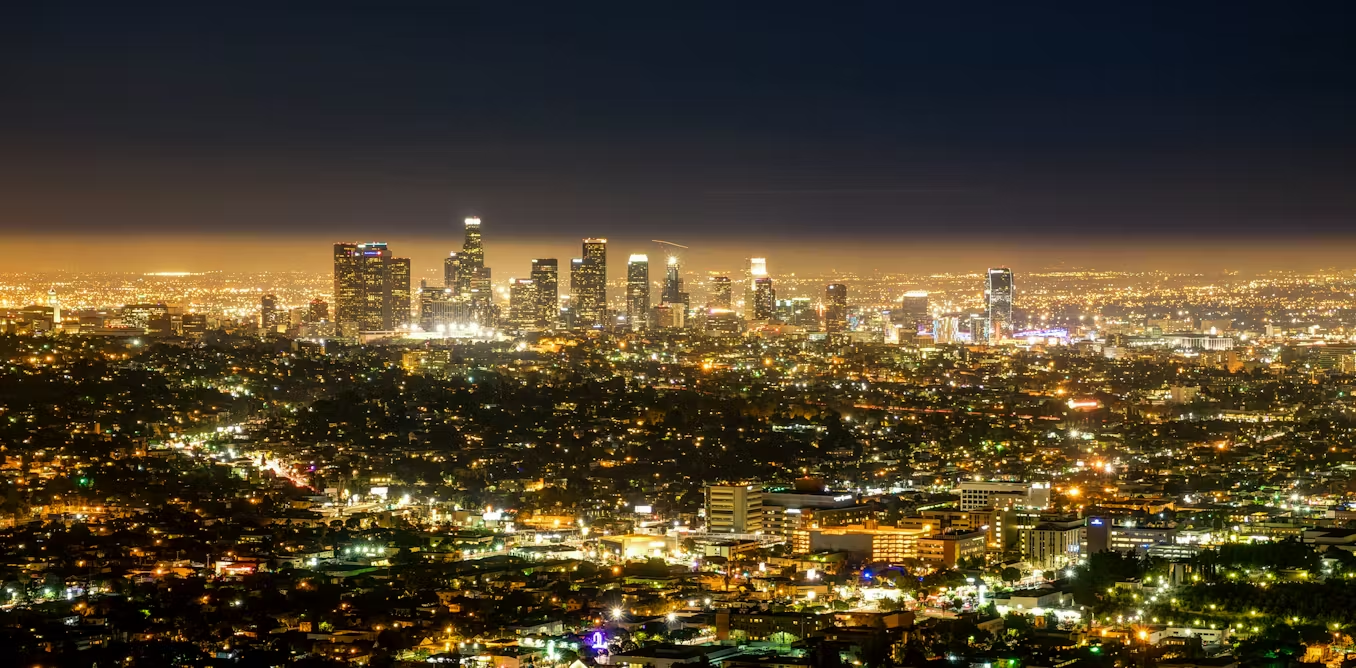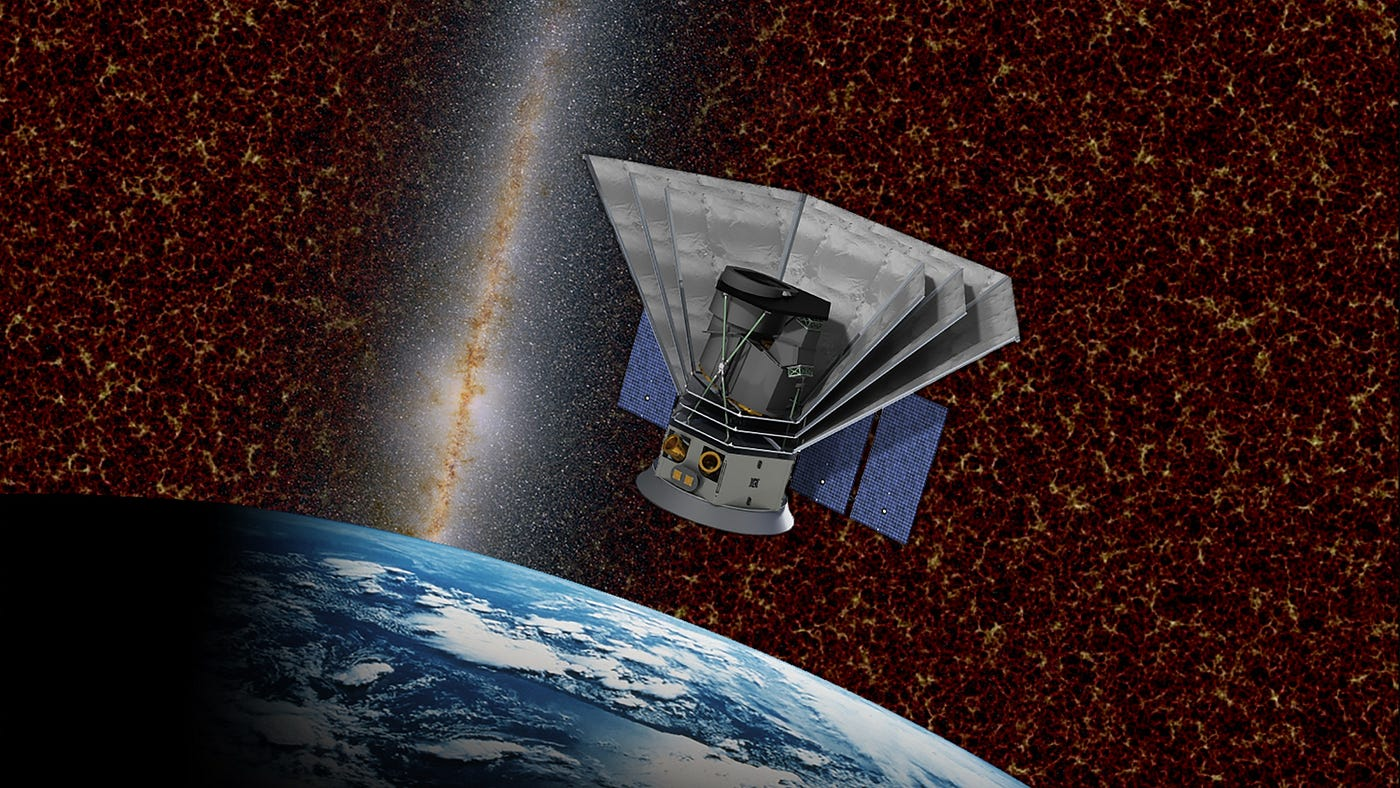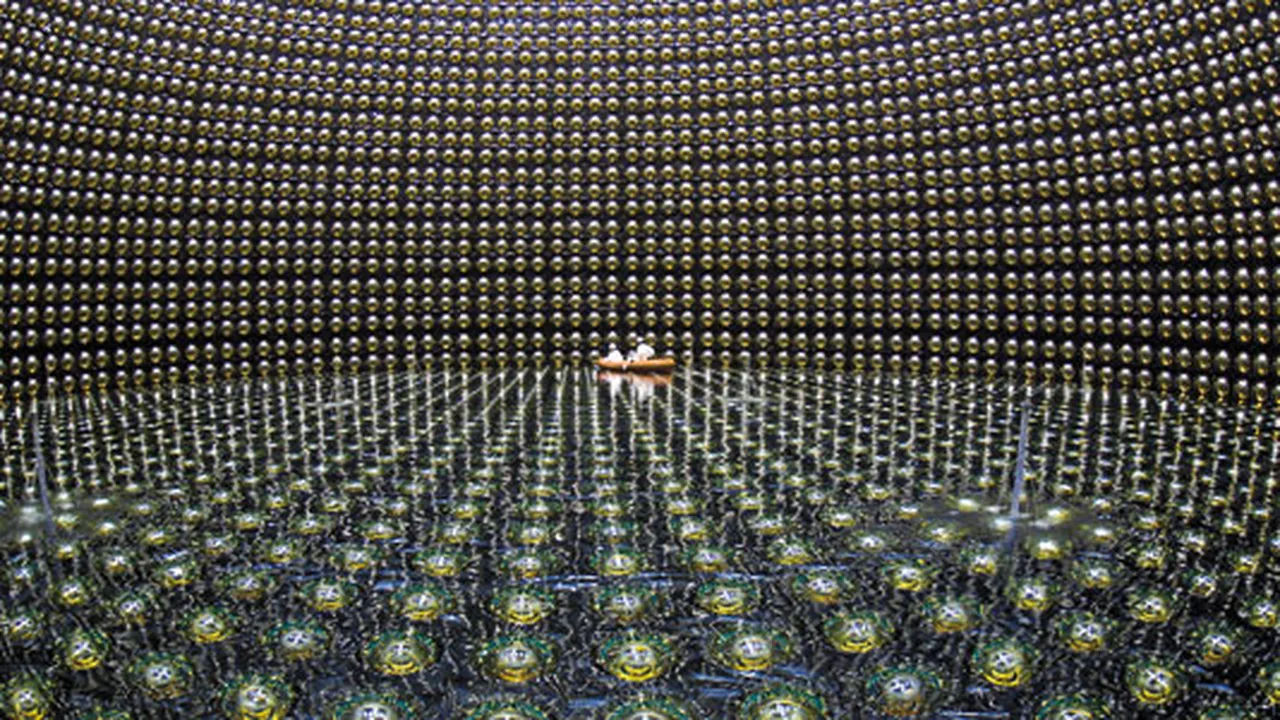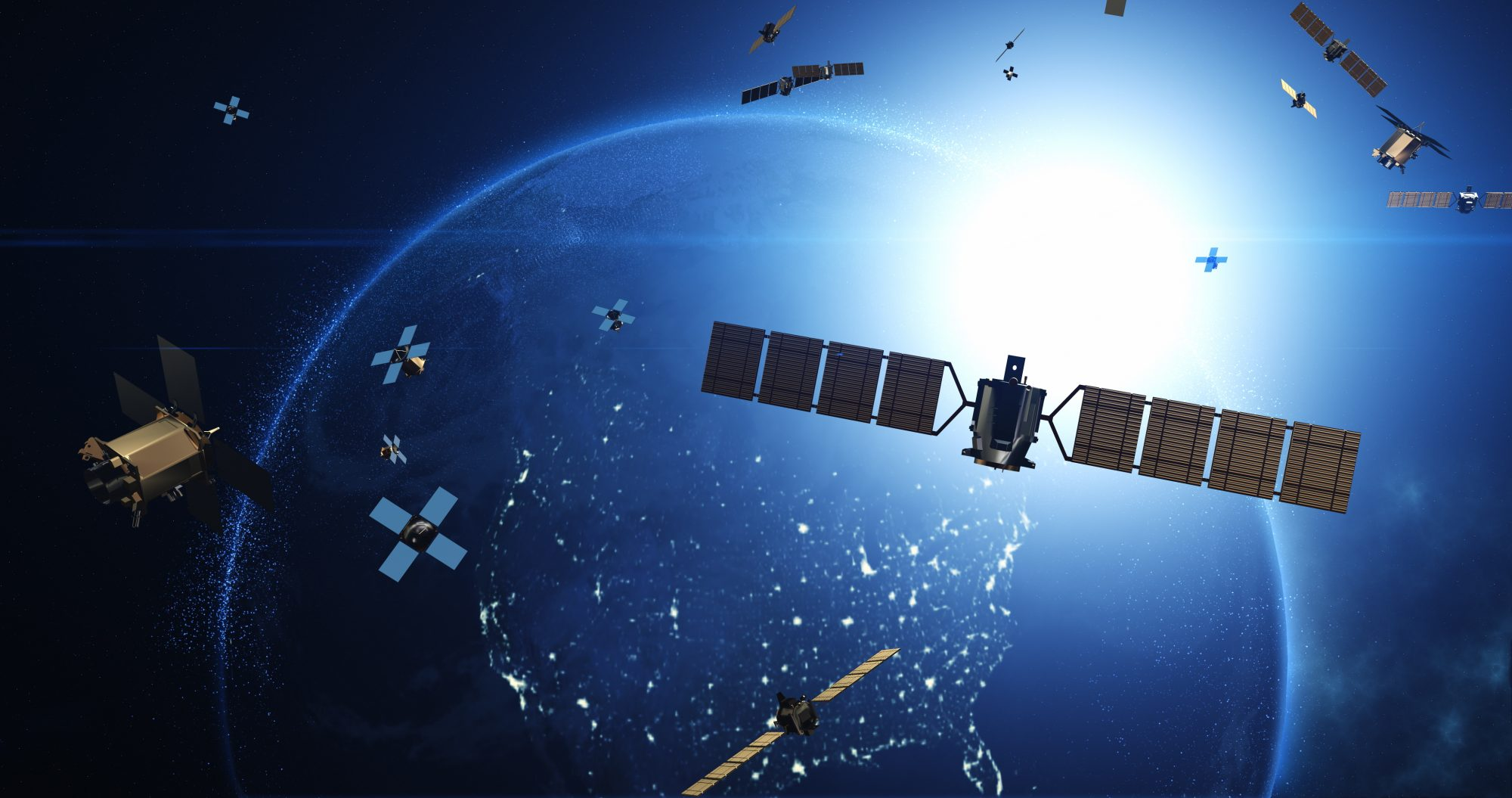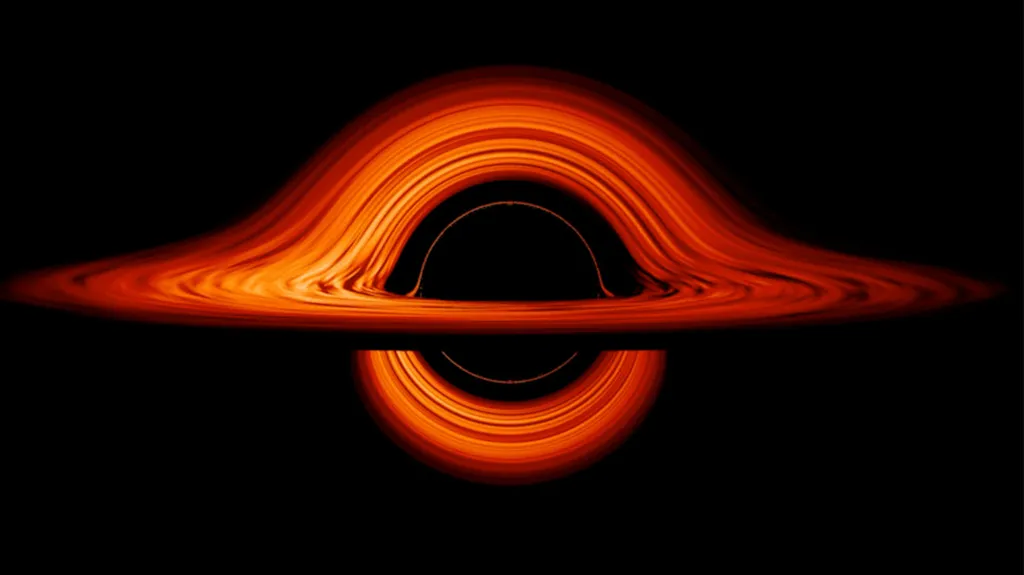While commonly associated with urban aesthetics, artificial lighting at night is creating serious ecological disruptions. Known as light pollution, this excessive or misdirected light affects natural rhythms in both humans and wildlife. From disoriented sea turtle hatchlings to migratory birds colliding with skyscrapers, the environmental toll is steep and largely invisible to the average city dweller.
Having worked in urban wildlife conservation for over a decade, I’ve seen firsthand how constant exposure to artificial light disrupts animal behavior. Nocturnal species lose their ability to hunt or mate effectively, while plants alter their growth cycles due to changed light cues. This chain reaction can lead to habitat imbalances, population declines, and long-term biodiversity loss. Unlike other forms of pollution, light doesn’t leave residue—but its effects can be just as harmful.
Solutions are surprisingly attainable. Communities can reduce light pollution by installing shielded fixtures, switching to motion sensors, and using warmer, low-intensity bulbs. Cities adopting “dark sky” policies show that responsible lighting not only protects ecosystems but also conserves energy. Addressing this often-overlooked issue is a critical step toward ecological harmony.



